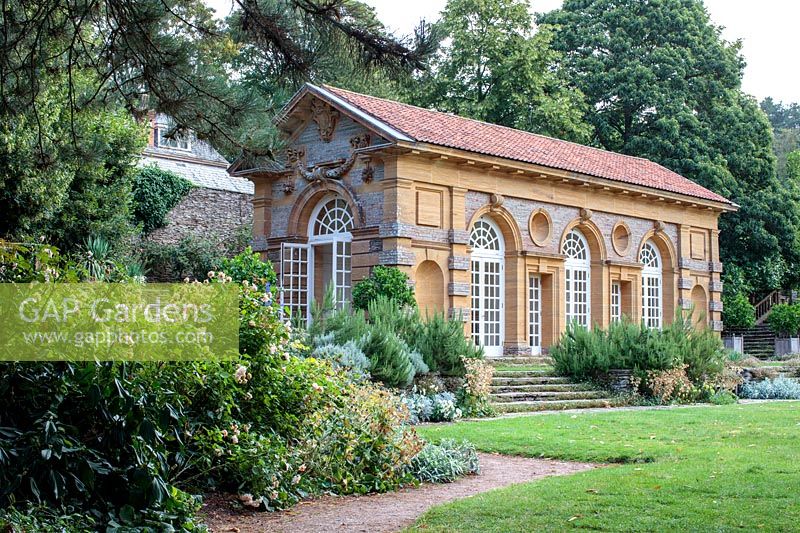Discovering Hestercombe: A Gem of Somerset’s Heritage

Introduction
Hestercombe, located in Somerset, England, is not just a visually stunning garden; it is a remarkable blend of history, nature, and landscape design. This historic site has been attracting visitors for centuries, serving as a peaceful retreat for those seeking tranquillity in nature. In recent years, Hestercombe has gained even more prominence, particularly post-pandemic, as people seek outdoor spaces to enjoy.
The Rich History of Hestercombe
The origins of Hestercombe date back to the 18th century when the estate was designed as a country house, with the gardens evolving over time through various landscaping styles. The key features of the garden, which include aspects from the Victorian period and the more recent Georgian aesthetic, were meticulously planned by renowned gardener and landscape designer Gertrude Jekyll as well as Sir Edwin Lutyens. Their collaborative efforts produced a beautiful garden that effortlessly marries formal landscaping with naturalistic planting.
Current Events and Developments
Recently, Hestercombe has undergone several renovation projects aimed at restoring its historic features while adapting to modern visitor needs. The Hestercombe Gardens Trust has launched numerous initiatives, including educational programmes, planting exhibitions, and community engagements that connect more people to the site. Additionally, an upcoming exhibition slated for spring 2024 will feature local artists whose works are inspired by the natural beauty of Hestercombe.
The estate is also becoming a hub for sustainable tourism, with initiatives to promote local biodiversity and conservation efforts, further enhancing its relevance in today’s climate-conscious world.
Visitor Experience and Accessibility
For visitors, Hestercombe offers a wide array of experiences. The gardens are open year-round with varying seasonal highlights, from blooming spring flowers to autumn foliage. Facilities such as the café and shop provide local produce and souvenirs, adding to the overall visitor experience. Additionally, the estate is accessible to families and individuals with mobility challenges, ensuring everyone can enjoy the tranquil environment.
Conclusion
As Hestercombe continues to blossom with both visitors and initiatives, its significance as a historic garden in Somerset becomes increasingly apparent. It serves as a reminder of the importance of preserving heritage while embracing contemporary practices in garden design and sustainability. For those looking to explore England’s natural beauty and rich history, Hestercombe presents an opportunity to engage with nature in a setting that has captivated audiences for generations.







